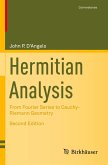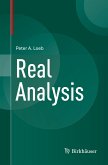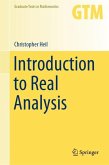This monograph offers an introduction to finite Blaschke products and their connections to complex analysis, linear algebra, operator theory, matrix analysis, and other fields. Old favorites such as the Carathéodory approximation and the Pick interpolation theorems are featured, as are many topics that have never received a modern treatment, such as the Bohr radius and Ritt's theorem on decomposability. Deep connections to hyperbolic geometry are explored, as are the mapping properties, zeros, residues, and critical points of finite Blaschke products. In addition, model spaces, rational functions with real boundary values, spectral mapping properties of the numerical range, and the Darlington synthesis problem from electrical engineering are also covered.
Topics are carefully discussed, and numerous examples and illustrations highlight crucial ideas. While thorough explanations allow the reader to appreciate the beauty of the subject, relevant exercises following each chapter improve technical fluency with the material. With much of the material previously scattered throughout mathematical history, this book presents a cohesive, comprehensive and modern exposition accessible to undergraduate students, graduate students, and researchers who have familiarity with complex analysis.
Topics are carefully discussed, and numerous examples and illustrations highlight crucial ideas. While thorough explanations allow the reader to appreciate the beauty of the subject, relevant exercises following each chapter improve technical fluency with the material. With much of the material previously scattered throughout mathematical history, this book presents a cohesive, comprehensive and modern exposition accessible to undergraduate students, graduate students, and researchers who have familiarity with complex analysis.
"The book under consideration is concerned with finite Blaschke products. ... The book is designed for students and researchers familiar with basic real and complex analysis and linear algebra. The proofs are detailed and dozens illustrations are provided. At the end of each chapter, the authors include exercises so that the reader can gain greater technical fluency with the material and appreciate the beauty of the subject." (Leonid Golinskii, zbMATH 1398.30002, 2018)








